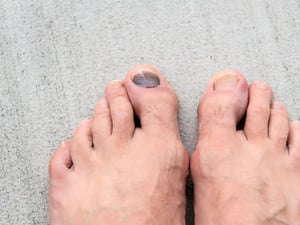
Nail Subungual Hematoma Treatment
Nail Subungual Hematoma Treatment
Professional care for nail injuries to relieve pressure, reduce pain, and support healthy nail recovery.
What is Subungual Hematoma?
A subungual hematoma, commonly known as a bruised nail, occurs when an injury to a fingernail or toenail causes bleeding in the tissue directly beneath the nail plate. It is typically caused by direct trauma, such as crushing or slamming the nail, which ruptures the delicate blood vessels underneath. This trapped blood leads to a painful, throbbing pressure, swelling, and a visible dark discoloration (purple, blue, or black) of the nail.
While often very painful initially, these are usually considered minor injuries. For severe pain, a healthcare professional can drain the blood to relieve the pressure. However, if the injury is accompanied by other damage, such as a deep cut or a broken bone, further medical evaluation and treatment will be necessary.




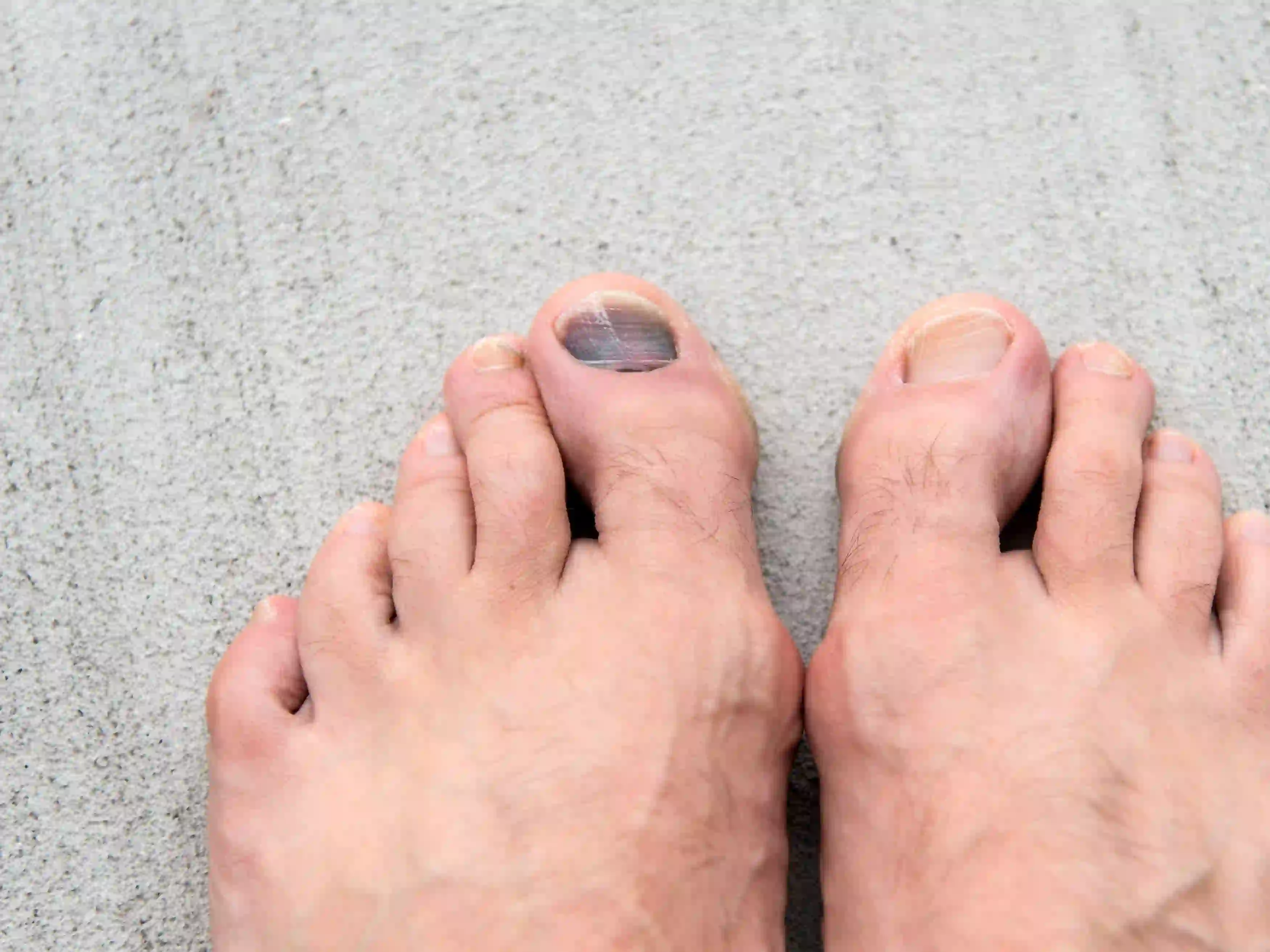
Causes of Nail Subungual Hematoma
Symptoms of Nail Trauma & Subungual Hematoma
A subungual hematoma typically presents with noticeable symptoms soon after trauma, although some symptoms can develop gradually:Pain Around the Nail
Throbbing or sharp pain beneath the nail is often the first symptom. This pain may worsen as blood continues to pool under the nail plate.
Nail Discoloration
A dark red, purple, or black patch may appear under the nail, caused by trapped blood. The discolouration may spread over time and persist as the nail grows out.
Swelling Nail
Swelling of the nail and surrounding skin is common, particularly after direct trauma. The area may also feel warm or tender to the touch.
Nail Separation (Nail Plate & Bedding)
In some cases, the buildup of pressure can lift the nail plate away from the nail bed. This can lead to partial or complete nail detachment, especially if the hematoma is large or left unmanaged.


Causes of Nail Subungual Hematoma
Our Approach to Nail Trauma & Subungual Hematoma Treatment

Step 1: Thorough Assessment

Step 2: Customised Management Plans
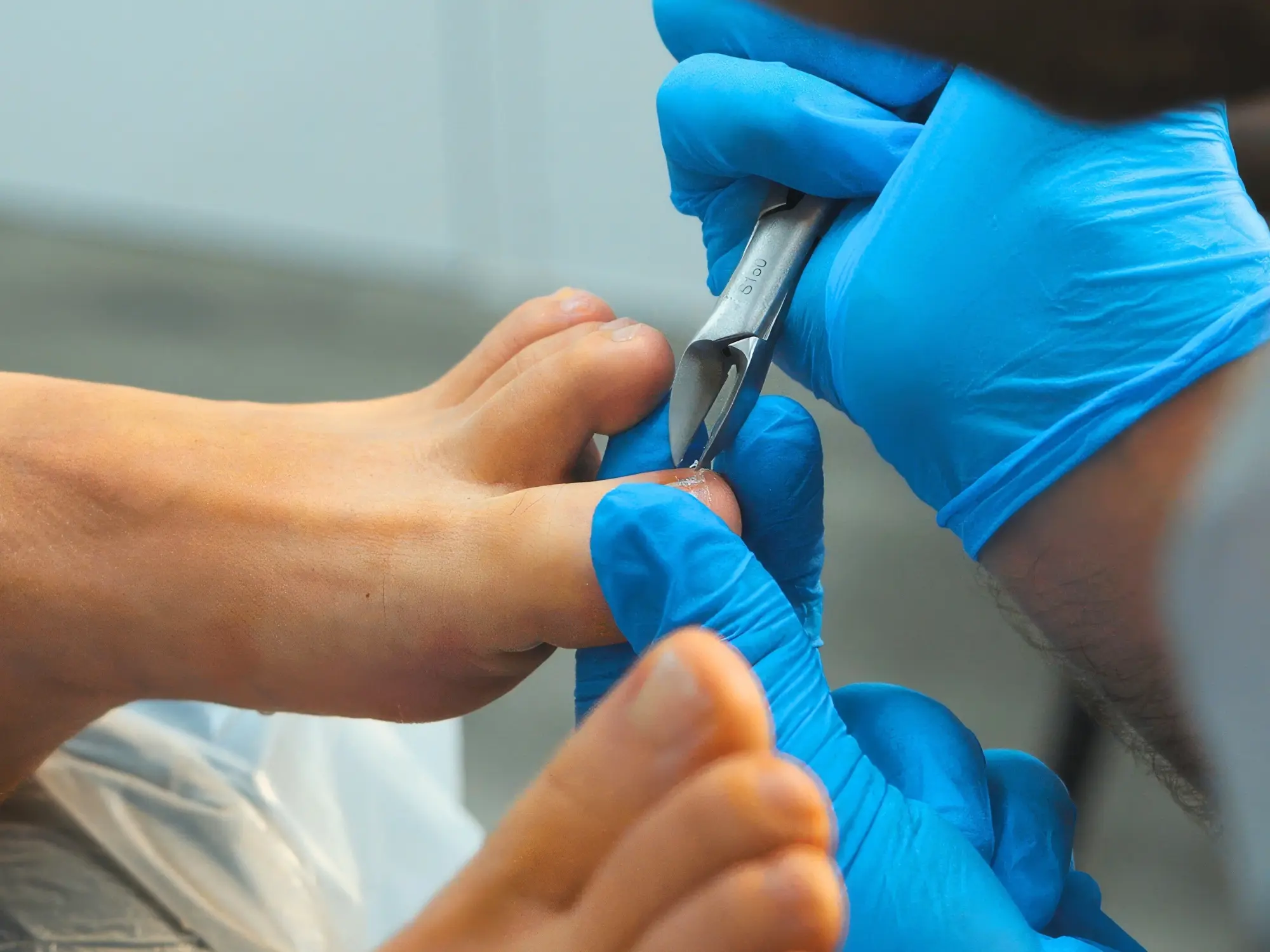
Step 3: Nail Drainage or Nail Removal
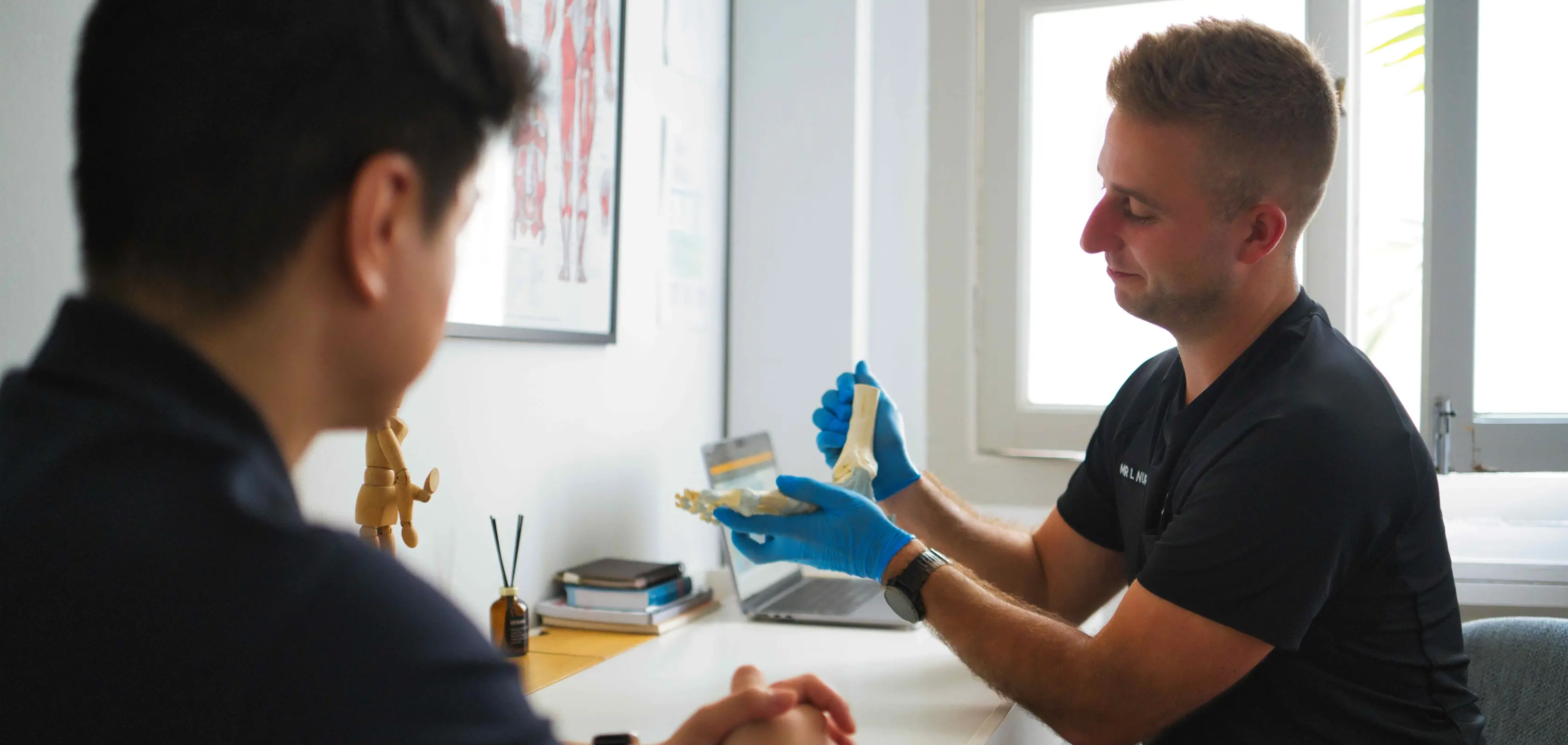
Step 4: Preventative Education

Book online & save $20 off your first consultation
- Personalised, evidence-based care
- Premium, central clinic in the CBD
- Experienced podiatary team
*Terms & Conditions:
- Valid for first time patients who have made prepayment at least 24 hours before the appointment
- Non-cancellable and non-transferable
- Applicable only for initial consultation & can't be used in conjuction with any other offers or promos
Why Choose UFIT’s Podiatry Services?

Advanced Technology
As a leading podiatry clinic in Singapore, we stand out by offering advanced gait analysis and in-house 3D-printed insoles, all accompanied by a comprehensive report to provide unparalleled insights into your lower limb biomechanics.

Elite Care for Every Individual
Our podiatry services offer personalised, evidence-based care for a wide range of individuals, including athletes, adults and children. So if you’re experiencing lower limb pain, our expert team can provide comprehensive support to get you back to doing the things you love.

Team of Experts with Optimal Results
We offer more than just solutions for your injury or pain. Through UFIT's integrated Circle of Care, you gain access to our team of expert podiatrists and other healthcare professionals, bringing together a vast range of experience and knowledge to achieve optimal outcomes for your foot and lower limb health.
Subungual Hematoma Management & Prevention Tips
Here’s how you can manage symptoms and reduce the risk of recurrence:
Apply Ice Immediately
Drain the Hematoma
Use Pain Relief
Monitor for Infection
Wear Protective Gear
Cautious with Tools & Equipment
Maintain Proper Foot & Nail Care
Use Proper Footwear
Apply Ice Immediately
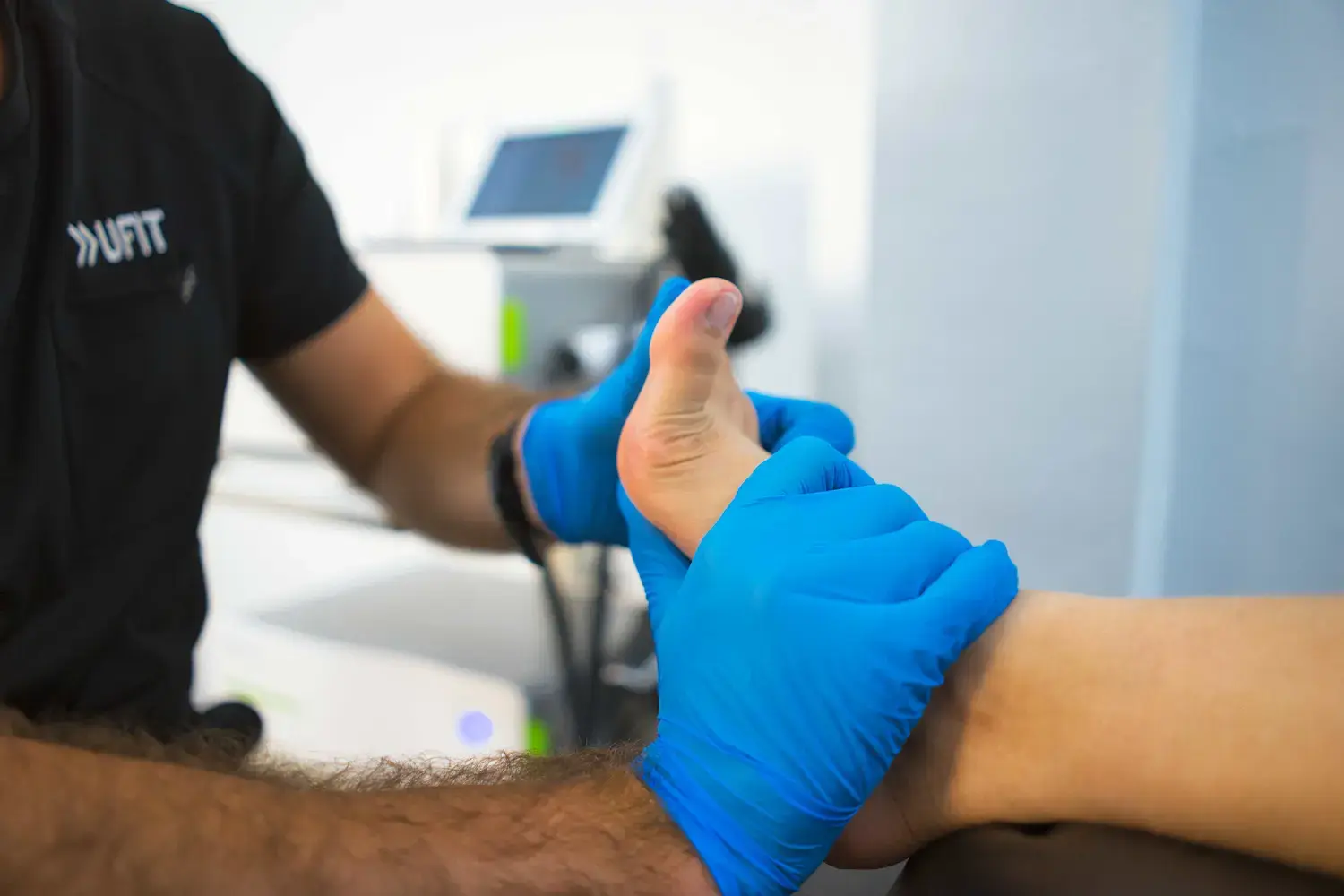
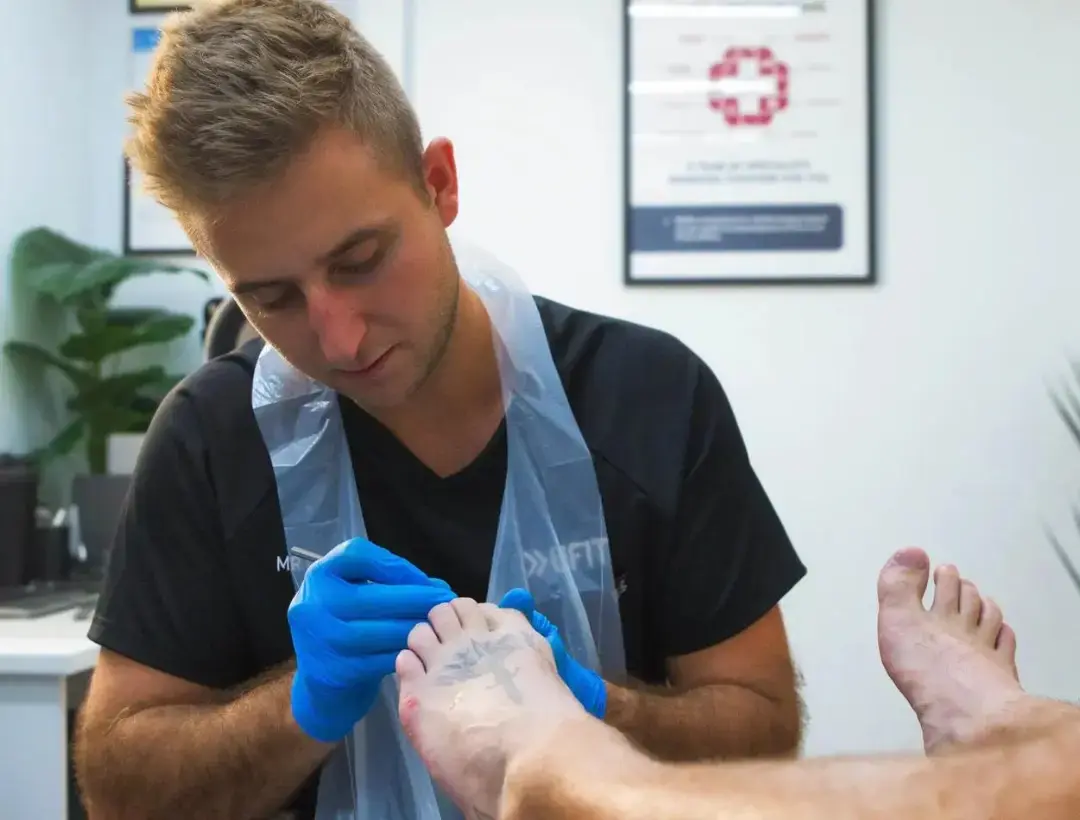




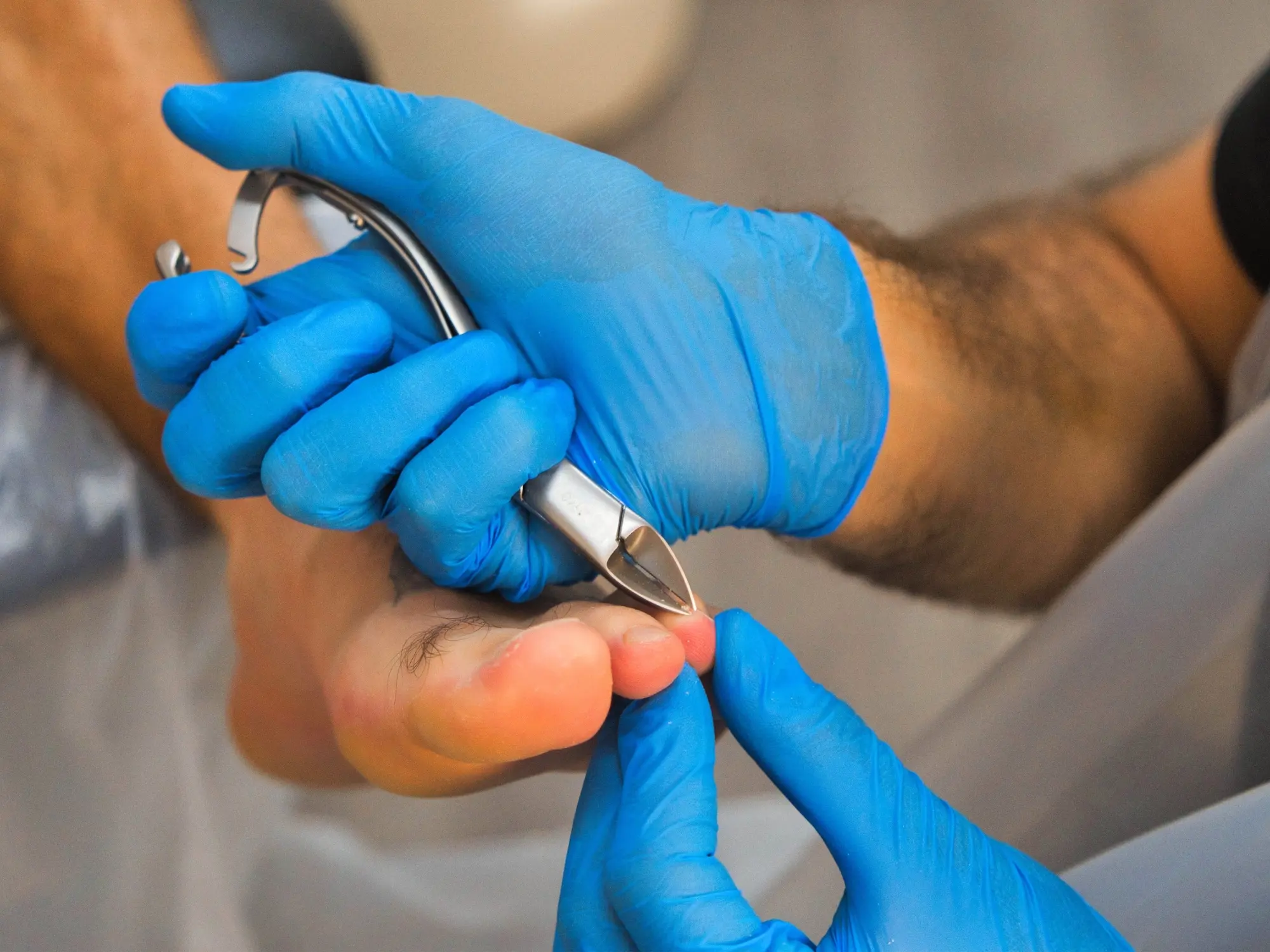
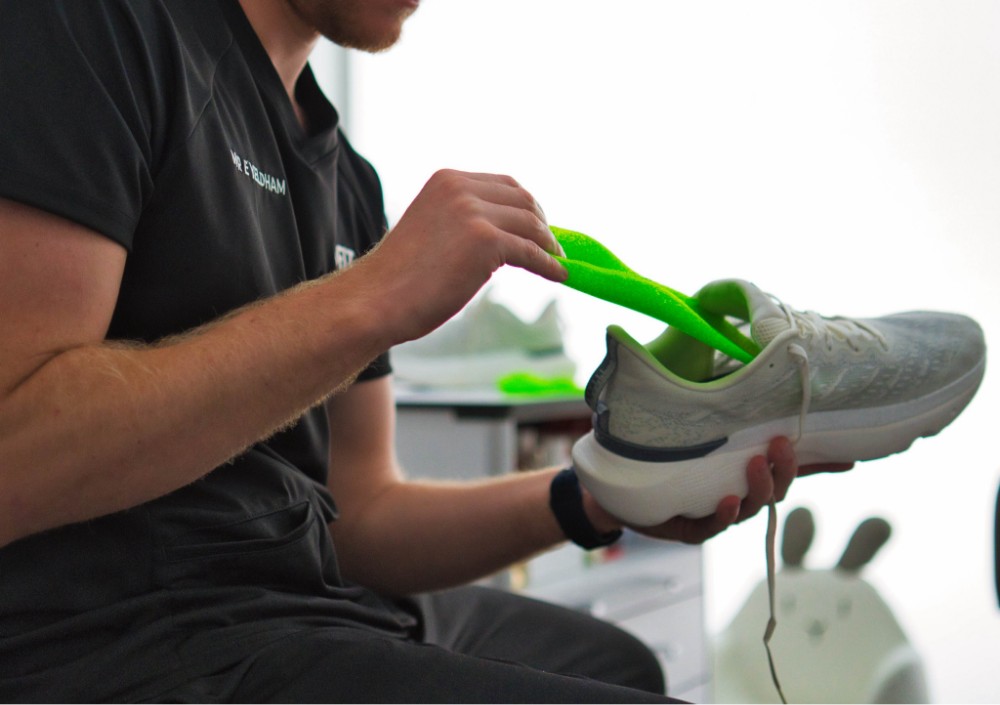
Hear from our Clients
⭐⭐⭐⭐⭐
“I recently had an appointment with podiatrist Lewis Nurney at UFIT, and it was a wonderful experience. I’ve been dealing with a long-standing issue, but with Lewis’s expertise, kindness, and patience in listening to my concerns, I’ve finally been able to solve the problem and feel so much better.
The clinic is modern with high-tech equipment, and Lewis explained everything clearly, making me feel confident in the treatment plan. Now I’m feeling ready and prepared for the 10K Standard Chartered Marathon! If you’re looking for expert podiatry care, I highly recommend Lewis and the team at UFIT!”
⭐⭐⭐⭐⭐
“Came back to UFIT today after a year since my last consultation with Lewis Nurney. I was very relieved to know that my Achilles issues can be fixed with Lewis’s great advice. He would show me how to perform rehab exercises that will be able to help me throughout my recovery. I highly recommend UFIT podiatry to anyone in need of advice or help.”
⭐⭐⭐⭐⭐
“I had the pleasure of visiting Dr. Lewis through a recommendation and it turned out to be an excellent one, particularly after experiencing so many already. The thoroughness of his examination and help at each step of the process is beyond impressive. He took the time to listen to all my concerns and thoroughly explained my diagnosis and treatment options.
He made sure that I was well-informed and comfortable with the decisions being made without any pushing. I would highly recommend him for anyone in need of a skilled and caring podiatrist.”
Apply Ice Immediately
If trauma occurs, apply a cold compress or ice pack to the affected area for 10–15 minutes. This can help reduce initial swelling, limit blood vessel leakage under the nail, and ease pain.
Drain the Hematoma
If the pain is severe and the discoloration covers a significant portion of the nail, medical drainage may be necessary. A medically trained podiatrist can safely relieve the pressure using sterile techniques, reducing discomfort and preventing further nail damage.
Use Pain Relief
Over-the-counter pain relievers such as paracetamol or ibuprofen can help manage discomfort. Avoid anti-inflammatory medication if you have conditions affecting blood clotting unless advised by a healthcare provider.
Monitor for Infection
Watch for signs of infection such as increased redness, warmth, pus, or persistent swelling. These may indicate the need for antibiotics or additional medical intervention.
Wear Protective Gear
When engaging in sports, heavy lifting, or using machinery, wear appropriate footwear or gloves. Protection can shield your nails from high-impact injuries and reduce the risk of subungual hematoma formation.
Cautious with Tools & Equipment
Use caution when handling doors, tools, or weights. Accidents involving fingers and toes commonly occur in domestic or workplace settings and can be avoided with greater awareness and care.
Maintain Proper Foot & Nail Care
Keep nails trimmed and clean to prevent snagging or accidental tearing. Avoid cutting nails too short or damaging the cuticle area, as this can make the nail more vulnerable to trauma and infection.
Use Proper Footwear
Choose footwear with a spacious toe box, proper arch support, and cushioning. Shoes that are too tight or rigid can increase pressure on the toes, especially during walking or exercise, raising the risk of nail injury.
Our Approach to Nail Trauma & Subungual Hematoma Treatment
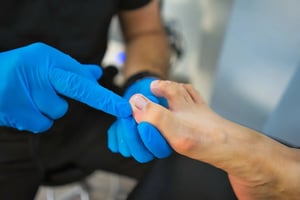

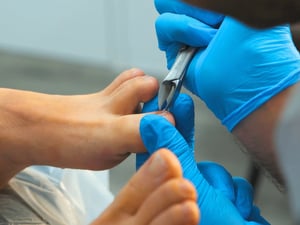

ALL INDIVIDUALS
ALL INDIVIDUALS
We offer personalized, evidence-based lower limb care for athletes, active individuals, and parents seeking specialized treatment for their children.
We go beyond addressing your injury or pain. Through our Circle of Care, you can access our team of experts with a vast range of specialised experience and knowledge.
What to expect on your first visit
We use cutting-edge diagnostic tools to get real-time insights into your soft tissue, joints and structures to provide a fast and accurate diagnosis.
Post-assessment, you will receive clear and comprehensive reports detailing our findings. This will allow you to make informed decisions on your treatment plan.
Together with you, we formulate a comprehensive and personalised treatment plan that suit your goals and preferences.
Meet Our Podiatry Team

Lewis Nurney
Lewis is a highly experienced podiatrist with over 5 years of practice in Singapore, bringing his expertise to UFIT's comprehensive Circle of Care. As Head of Podiatry at UFIT Club Street, he specialises in sports podiatry, innovative orthotics for adults and children (including 3D-printed custom insoles, Paediatric AFOs and SMOs for pediatric flat feet), and minimally invasive procedures.
A first-class honours graduate from the University of Huddersfield (UK), Lewis holds dual certifications in Extracorporeal Shockwave Therapy (ESWT), Diagnostic Ultrasound and Running Gait analysis. Previously with East Coast Podiatry, he now provides patient-centred care at UFIT, specialising in non-surgical management of conditions like Foot Pain, Plantar Fasciitis and Achilles Tendinopathy in both children and adults, ultimately focused on alleviating discomfort and restoring optimal foot function.

Elliot Yeldham
Elliott is a dedicated podiatrist with over 7 years of healthcare experience, gained in both the UK's National Health Service (NHS) and private practice. He holds an Honours degree in Podiatry from Cardiff Metropolitan University (Wales), and brings a wealth of expertise to Singapore.
Specialising in Musculoskeletal (MSK) podiatry, Elliott's interests include sport podiatry and the management of gait abnormalities in both adults and children. He is also recognised for his skill and patient-focused approach in minimally invasive procedures for ingrown toenails and wart removal. Committed to a patient-centred and multidisciplinary model, Elliott actively stays informed of the latest healthcare advancements through clinical research and international conferences.
Book Your Subungual Hematom Treatment Now
Visit Our Podiatry Clinic
21 Club St, #01-01
Singapore 069410
+65 6225 5059
podiatry@ufit.com.sg
View on Google Maps



Frequently Asked Questions about Subungual Hematoma
Untreated hematomas that are large or painful may lead to nail lifting, permanent nail deformation, or secondary infection. In some cases, blood trapped under pressure can damage the nail matrix, affecting future nail growth. Prompt evaluation by a podiatry specialist helps minimise these risks.
Podiatry Blog
Check out the podiatry articles on our blog, written by our very own experts!

.png?width=301&height=187&name=Website%20Navigation%20Images%20(3).png)

-1.jpg?width=1984&height=1196&name=UFIT%20Club%20Street%20Front%20(4)-1.jpg)







